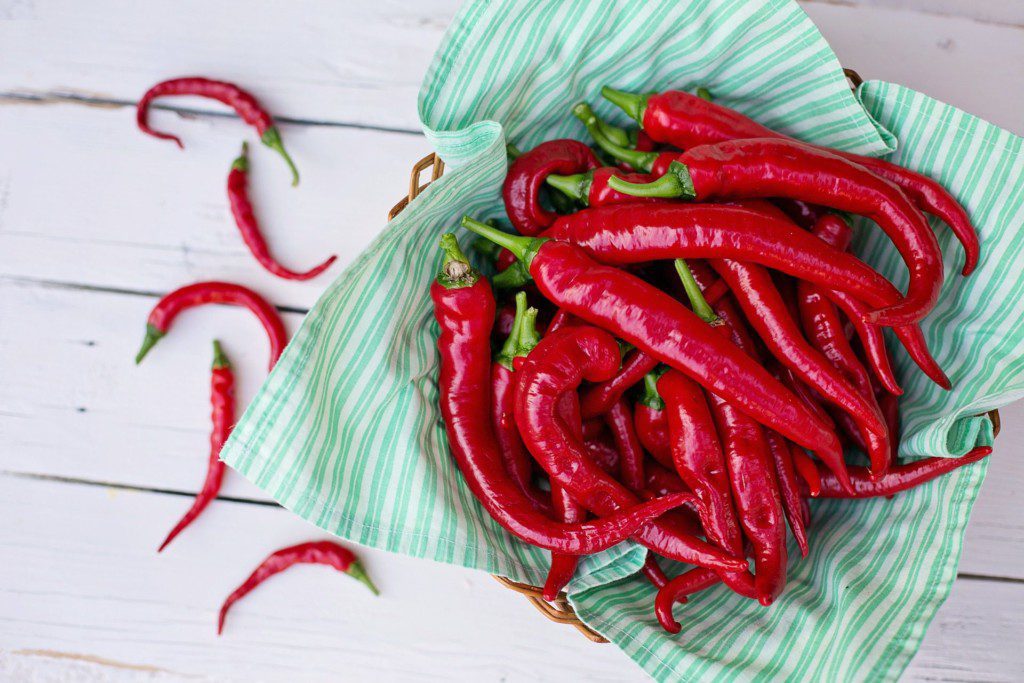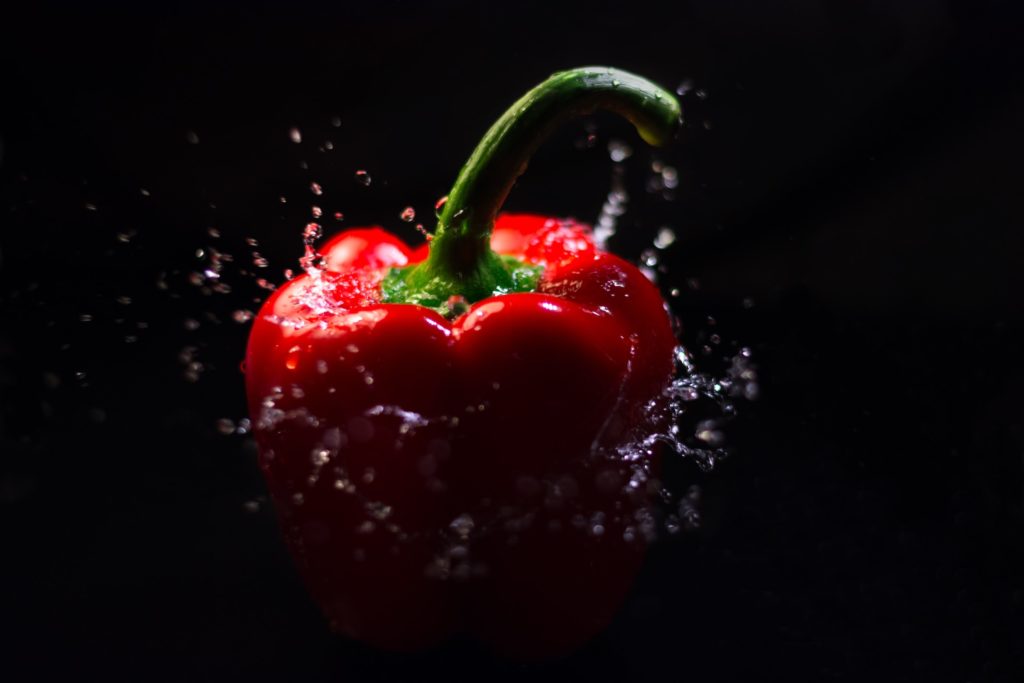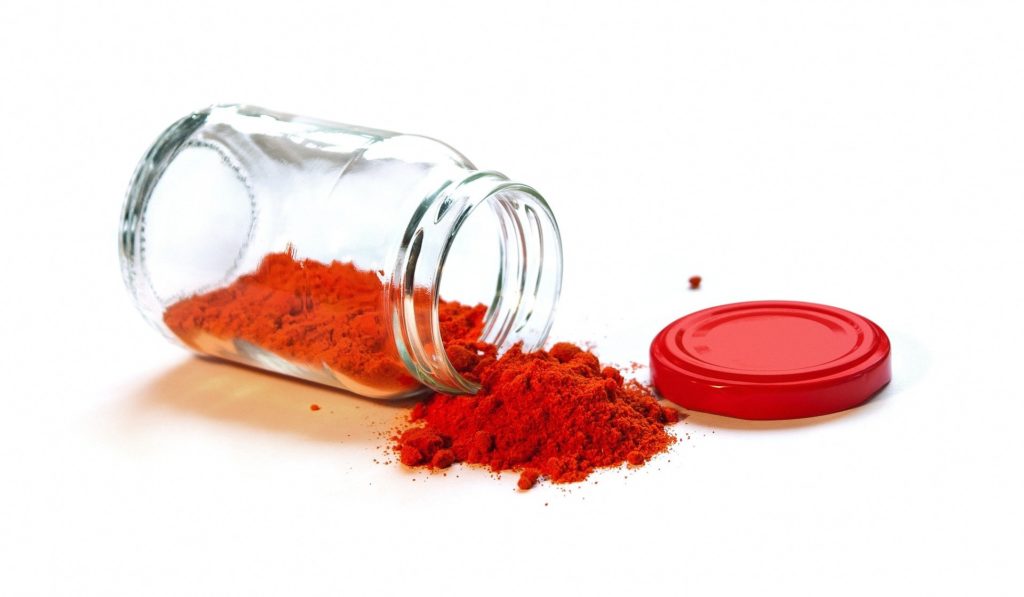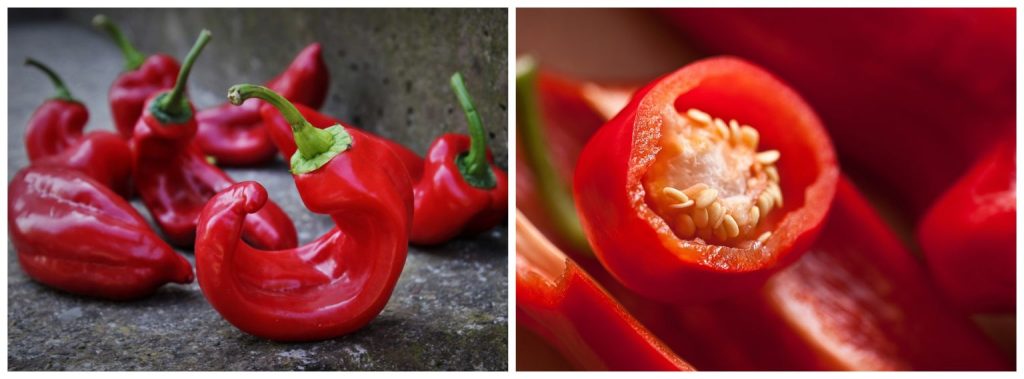Making food is not only an art, but it needs a lot of experiments and knowledge of the ingredients that you are going to put in. One slight mistake and your dish can get spoilt. Like sugar and salt look alike, but they cannot be a substitute for each other. The same is the case with different types of chilies available. Let us talk about Paprika Vs Cayenne in this article.
So you look for something spicy to pick up your food, and in the rack of spices, you have cayenne and paprika. There are some noticeable variations before you use a dash, which looks like each other. Let us understand the difference in the article – Paprika Vs Cayenne. On restaurant tables, chili powder, cayenne pepper, paprika, chili pepper, etc. have labels of different names for the powder. The distinctions between Paprika Vs Cayenne are evident in this article.
If you are fond of eating hot and spicy food, then cayenne pepper is not a new one for you. These peppers are available in the kitchens where you have people who love to hog on spicy food. Many other chilies can be a part of your daily recipes. Let us paprika understand the difference – Paprika Vs Cayenne.
Table of Contents
What Is Cayenne Pepper?

Cayenne peppers are capsicum annuum that are used to spice up any dish. Cayenne has a rating of 30,000 to 50,000 Scoville units (SHU). These hot pepper is spicy and adds a fiery taste to your dish. This staples of Mexican cuisine is from South America. Before they get dried and moved down, they start as small, thin, bright red peppers.
Cayenne is one of the main components in Tabasco Sauce with its hot, fiery taste. It is a part of a wide range of international cuisines, including Creole, Asian, Indian, Thai, Chinese, Korean, and many more. Cayenne belongs with a variety of peppers, including jalapeños, bell peppers, in the Capsicum Annualum family of plants.
When powdered, the red pepper adds a hot and spicy aspect to any dish. In some cases, the fruit of Cayenne is raw but usually dried up and ground to create a powder which is popularly sold. Besides, because of the hotness of cayenne pepper, one should take a minimal quantity of cayenne pepper, which adds up to a minimal amount.
What Is Paprika?

Paprika is a unique ground spice made from various varieties of peppers that produce different flavors and mild heat. It has several health benefits and consists of several micronutrients. It even has carotene, which helps in improving vision. Not all paprika are spicy, given their fiery red color. It is essential to know which of these three types of paprika prevent flavor imbalances when you are cooking with paprika. Paprika peppers have a low SHU – 250 – 1000 SHU.
Sweet paprika comprises ground red bell peppers and is a garnish option to add color to the dishes. On the other hand, hot peppers get cooked at a heating point similar to that of red chilies. Ground chili peppers, chili peppers, and bell peppers get roasted until they form into a paste. It has a smoky flavor.
It contributes to the taste and aroma of hot, spicy dishes. Paprika can be mild or very hot according to the processing of the spice. Throughout certain countries, such as the Californian state of Spain, Hungary, and Serbia, the spice is popular paprika. But is widely referred to worldwide in many dishes. The term “paprika” derives from the Hungarian term “paprika”. However, it is a good option for seasoning and garnishing plates in a few places; it is popular mostly for heating.
Paprika Vs Cayenne- Which One Is A Hotter Option?
Cayenne peppers are higher than paprika on the Scoville heat scale, so there’s definitely some punch on the powder. Scientifically, it produces more heat and hence helps in burning more calories. Interestingly some research says, if you continue eating cayenne pepper, your body will adapt to this change and your metabolism might not improve.
Paprika can be hot and less spicy according to the type of peppers used. Typically, the generic paprika powder from a store shelf will be mild. Usually, it has a mild base of pepper (such as chili). But hot paprika, too, comprises of spicier chilies, so you can carefully read your label.
You can use sweet paprika for general use and garnishing, but sweet cayenne can be a substitute for hot paprika.
The Color Difference – Paprika Vs Cayenne
Let’s understand the Paprika Vs Cayenne color distinctiveness. Cayenne peppers have a bright orange-red color. The color of the paprika is more on the lines of orange-brown to deep-red. It is because of the different types of peppers that the paprika is made using.
Can You Substitute Them With Each Other?

It is better than the other way around to replace cayenne pepper with paprika. Cayenne’s spicy, while paprika can be sweet and earthy. The dish that needs cayenne spiciness may not do justice when paprika is added.
Replacing paprika is easier but the significant heat of the cayenne peppers will be a hindrance. Even for those used to milder spices, the dish can also be a little too soft. It could be easier to decrease the amount of chili powder needed in one recipe if you prefer cayenne over the paprika.
Both are made of any roasted or dried red pepper, all of which are spicy (heat chilies), fruity, and other aspects of the taste of roasted peppers. Hotter and stronger flavors usually occur in Cayenne. Paprika is generally much less dry, fruity, and earthy (although a large variety of paprika is available).
There is a wide range of styles sold as “chili powder,” but they’re typically quite hot, less sweet, and sharper than paprika and cayenne. As they have such close-knit flavor profiles, in many recipes, you can usually swap them — this will change the result a little but will typically still work well. For example, if a recipe asks for cayenne pepper, you can substitute paprika to reduce heat without losing the other features of the pepper flavor.
Related Read : Substitute For Smoked Paprika: Easy Options & Alternatives.
Frequently Asked Questions
Here are some interesting FAQs on Paprika vs Cayenne.
1. Does paprika and cayenne taste the same?
The main difference between paprika and cayenne is in the level of spiciness. While cayenne pepper has a fiery taste, paprika has a milder and slightly sweet taste.
2. Is paprika or cayenne better on chicken?
It entirely depends upon personal preferences. If someone loves spicy chicken then cayenne pepper will add that delicious touch. However, if someone loves a mildly flavored chicken, then using paprika powder is your way to go.
3. Can paprika be used instead of cayenne?
Cayenne is more spicy than paprika. So while using paprika in place of cayenne make sure to double the amount to match the same flavor profile of cayenne.
4. Is paprika or cayenne spicy?
Among the two cayenne is more spicy.
5. Which is stronger cayenne or paprika?
Cayenne pepper is said to have a strong and spicy flavor compared to paprika.
Quick Read :
No Chili Flakes At Home? Find out some of the Best Red Chili Flake Substitutes Here.
Conclusion
The above discussion on Paprika Vs Cayenne can enable you to get a broader view of both the spices. They have a distinct taste and give a unique flavor to every recipe. Getting a hint on their functions and uses is helpful in hunting the best alternative for your usage.
Eating spicy food is good, but you must check on Paprika Vs Cayenne. Both Paprika Vs Cayenne has a distinct flavor and add up to the aroma of your food. Cooking food is an art, and by adding chili to your delicacy, you give life to your masterpiece and make it worth relishing. So as now you are well informed about the peppers, you must consider the one that you feel is better and enjoy using it in your kitchen without much discussion. Healthily enjoy cooking and make your family feel the love in your recipes.


